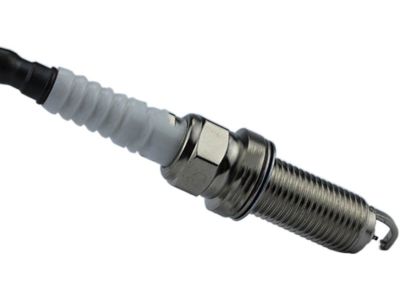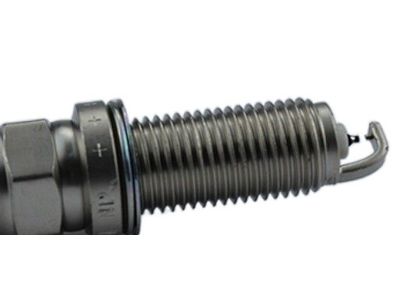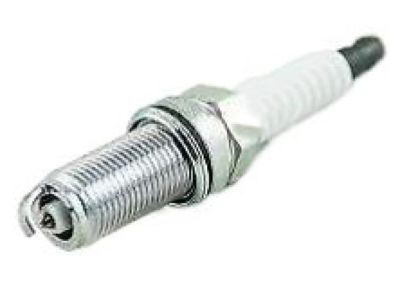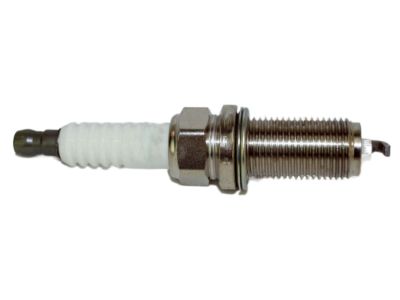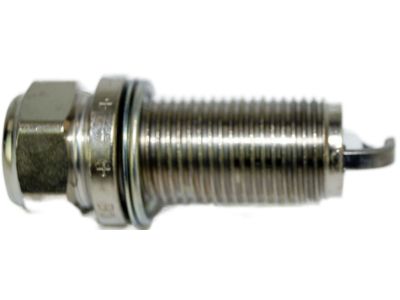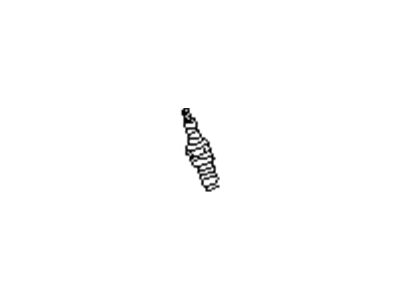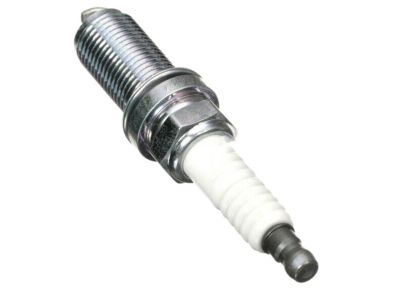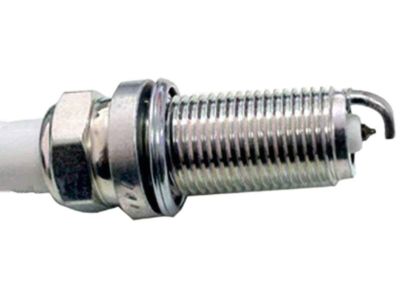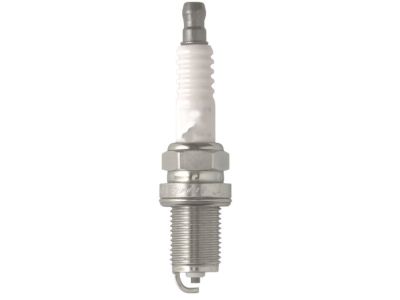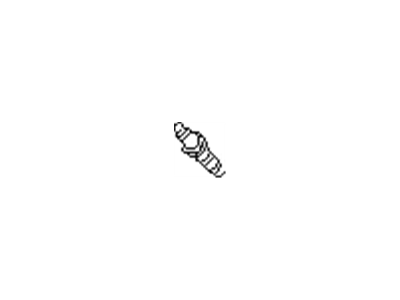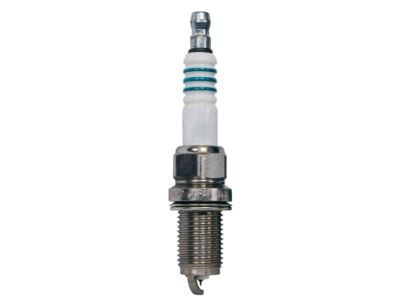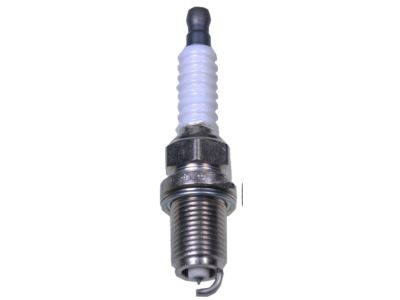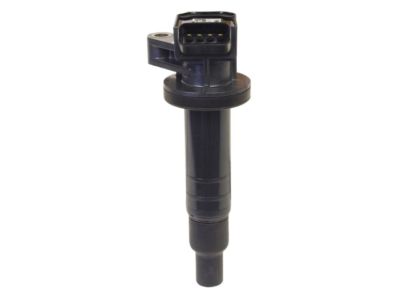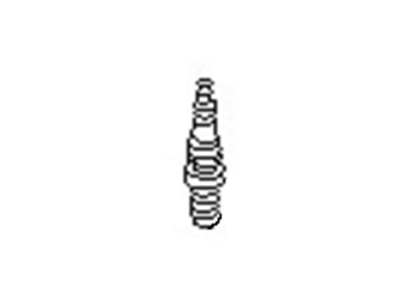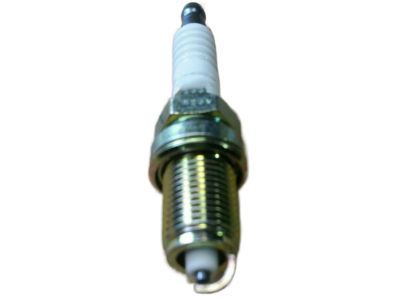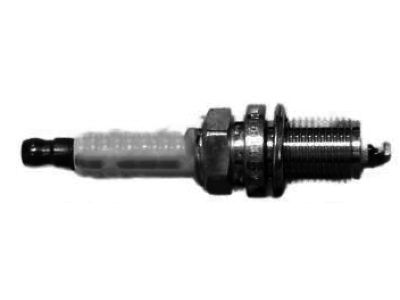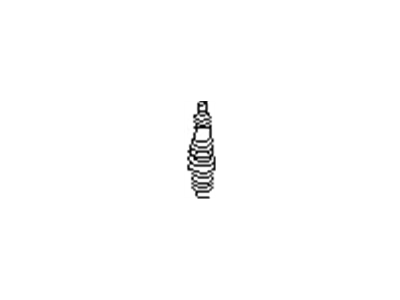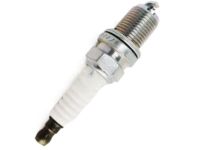×
- Hello
- Login or Register
- Quick Links
- Live Chat
- Track Order
- Parts Availability
- RMA
- Help Center
- Contact Us
- Shop for
- Nissan Parts
- Nissan Accessories

My Garage
My Account
Cart
Genuine Nissan Quest Spark Plug
Ignition Spark Plug- Select Vehicle by Model
- Select Vehicle by VIN
Select Vehicle by Model
orMake
Model
Year
Select Vehicle by VIN
For the most accurate results, select vehicle by your VIN (Vehicle Identification Number).
11 Spark Plugs found

Nissan Quest Spark Plug
Part Number: 22401-EW61C$20.25 MSRP: $29.33You Save: $9.08 (31%)Ships in 1-2 Business Days
Nissan Quest Spark Plug
Part Number: 22401-5M014$14.93 MSRP: $21.62You Save: $6.69 (31%)Ships in 1-3 Business Days
Nissan Quest Spark Plug
Part Number: 22401-5M015$14.60 MSRP: $21.15You Save: $6.55 (31%)Ships in 1-2 Business Days
Nissan Quest Spark Plug
Part Number: 22401-5M016$12.98 MSRP: $18.80You Save: $5.82 (31%)Ships in 1-3 Business Days
Nissan Quest Spark Plug
Part Number: 22401-53J05$3.60 MSRP: $5.22You Save: $1.62 (32%)Ships in 1-3 Business Days

Nissan Quest Spark Plug
Part Number: 22401-53J06$3.71 MSRP: $5.38You Save: $1.67 (32%)Ships in 1-3 Business Days
Nissan Quest Spark Plug
Part Number: 22401-7B005$14.87 MSRP: $21.53You Save: $6.66 (31%)Ships in 1-3 Business Days
Nissan Quest Spark Plug
Part Number: 22401-0B016$3.71 MSRP: $5.38You Save: $1.67 (32%)Ships in 1-3 Business Days
Nissan Quest Spark Plug
If you need any OEM Nissan Quest Spark Plug, feel free to choose them out of our huge selection of genuine Nissan Quest Spark Plug. All our parts are offered at unbeatable prices and are supported by the manufacturer's warranty. In addition, we offer quick shipping to have your parts delivered to your door step in a matter of days.
Nissan Quest Spark Plug Parts Questions & Experts Answers
- Q: How to replace spark plugs on Nissan Quest?A:The plugs to the left side of the vehicle can be reached from the front, but the ones to the right side will have to be taken out from under it. Tools required for spark plug replacement include: a spark plug socket, ratchet, various extensions, gap gauge and plug wire removal tool. You should wait for engine cooling before taking off or putting on new spark plugs. Instead of changing all the spark plugs at once, it is better to buy new ones, adjust them to a suitable gap and replace them one by one as suggested by OEMs. The appropriate type of plug is specified on page 12 of this chapter and in Section 1.6 in your owners' manual. Prior to removing the plug(s), verify that the engine is completely cool and check for defects while also adjusting gap on these new units. Using a wire-type gap gauge, see if you are able to slide it between electrodes with slight drag. If the gap is not correct bend the side electrode until it has been rectified through use of an adjuster on some member of a gauge body. Furthermore do not use any cracked porcelain insulator as good practice suggests that any such plug should be discarded Remove the spark plug wire by pulling on the boot at the end of the wire; blow out dirt or foreign debris from spar plug hole with compressed air if available. To remove a spark plug use a socket specifically designed for this purpose with a universal joint turning counterclockwise This will help you analyze what's wrong with your car engine by comparing quality indicators given in table 5-2 with those in figure 6-7.Use anti-seize compound sparingly as applied to your fingertips over cylinder head threads prior to installing new plugs. Thread one new plug into hole using fingers only until finger tight then tighten with torque wrench or ratchet wrench . Inserting a short length of rubber hose over sparkplug nose will prevent damaged threads. Inspect the spark plug wire before attaching it to the new spark plug, using a twisting motion on the boot until it is seated. Replace remaining plugs one at a time to avoid cross-firing of spark plug wires.
Related Nissan Quest Parts
Browse by Year
2017 Spark Plug 2016 Spark Plug 2015 Spark Plug 2014 Spark Plug 2013 Spark Plug 2012 Spark Plug 2011 Spark Plug 2010 Spark Plug 2009 Spark Plug 2008 Spark Plug 2007 Spark Plug 2006 Spark Plug 2005 Spark Plug 2004 Spark Plug 2003 Spark Plug 2002 Spark Plug 2001 Spark Plug 2000 Spark Plug 1999 Spark Plug 1998 Spark Plug 1997 Spark Plug 1996 Spark Plug 1995 Spark Plug 1994 Spark Plug 1993 Spark Plug


